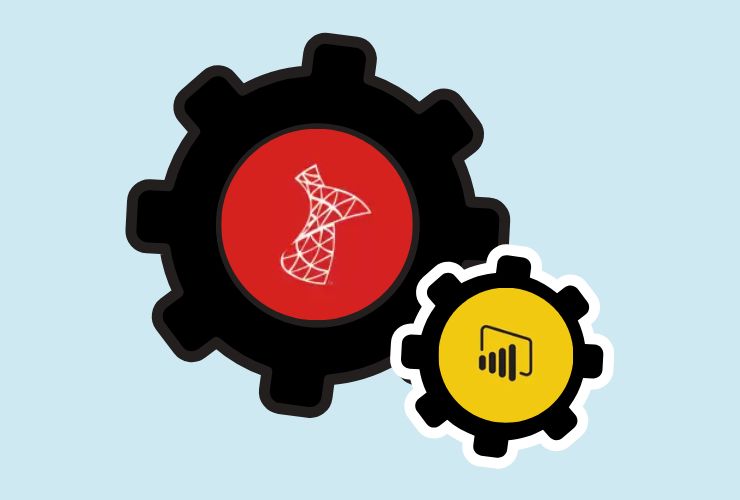SQL transactions are an essential feature of relational database management systems (RDBMS) designed to ensure data integrity and reliability. In environments where multiple processes or users are simultaneously interacting with a database, managing SQL transactions correctly prevents data corruption, inconsistencies, and performance bottlenecks.
What are SQL Transactions?
SQL transaction is a set of one or more operations that are carried out as one work unit. The operations can be insert, update, or delete. A transaction either succeeds or fails totally, such that the database is always in a consistent state.
The most important characteristics of SQL transactions, and which are also commonly known as ACID, are:
- Atomicity: Treats all the operations of a transaction as a single operation. In case of a failure of any operation, the entire transaction is rolled back and the database is returned to its previous state.
- Consistency: Ensures that the database moves from a valid state to another valid state without any loss of data integrity.
- Isolation: Provides assurance that transactions work independently without any interference from other transactions.
- Durability: It makes sure that when a transaction is committed, changes are irreversible even in the event of a failure of the system.
Why Are SQL Transactions Important?
SQL transactions are important to ensure data consistency and integrity, especially in systems where multiple processes or users are reading and updating the database concurrently. The following are reasons why they are necessary:
Avoiding Data Corruption: Without transaction management, partially completed updates to the database can put it into an inconsistent state. For instance, if an update of a user’s account balance is rolled back, the data may be corrupted.
Avoidance of Incorrect Data: Transactions ensure that modifications to the database are only committed once all phases of the operation have been successfully completed, so incorrect or incomplete data cannot be stored.
Concurrency Control: Transactions in multi-user systems prevent conflicts and allow different users to access the database without generating data anomalies such as dirty reads, non-repeatable reads, or phantom reads.
Reliability: Transactions make database changes reliable and offer a mechanism to protect data against loss in case of system crashes or hardware failure.
Best Practices for SQL Transaction Management
Use Transactions
Use Transactions When Necessary While transactions are a powerful tool, they should be used only when absolutely necessary. For example, a transaction should be used when updating both the customer’s account balance and transaction history to ensure both are updated together. Using transactions for simple operations might unnecessarily increase the complexity and overhead of your database.
Always Rollback on Failures
Always Rollback on Failures Whenever a failure is encountered during the execution of a transaction, rolling back the transaction prevents storing any partial or inconsistent updates in the database. A rollback undoes the database to its pre-transaction state so that the database is in a consistent state.
Keep Transactions
Keep Transactions Brief The longer transactions are left open, the longer database resources are held up, which can lead to performance problems as well as deadlocks. To prevent these problems, keep transactions short and contain only the operations required within each transaction.
Use Commit
Use Commit Only When Certain Once all changes and there are no errors, a COMMIT is employed to commit the transaction and write the changes into permanent storage. Commit only once all operations in a transaction have been successfully executed to prevent data loss or corruption.
Isolation levels SQL transactions
Isolation levels SQL transactions employ various isolation levels, which determine visibility of uncommitted work to other transactions. There are more isolation levels that offer greater consistency but at the cost of worse performance due to additional locking. Choose an isolation level depending on your requirements: for instance, a higher level of isolation may be suitable for mission-critical financial transactions, whereas a lower level will suffice for less mission-critical operations.
Detect Deadlocks
Detect Deadlocks A deadlock happens when two or more transactions are waiting for each other to release the resources locked by them, and as a result, both the transactions stop working. To avoid deadlocks, structure transactions such that locks are obtained in the same sequence and avoid locking the resources unnecessarily.
Use Savepoints for Flexibility Savepoints
Use Savepoints for Flexibility Savepoints allow you to define midpoints in a transaction so that you can roll back to a particular point of the transaction without sacrificing all of your work. This is handy when transactions are long and intricate.
Monitor Transaction Performance
Monitor Transaction Performance Keep an eye on transaction performance to identify long-running transactions or issue potential issues. Database monitoring tools can assist you in tracking metrics like response times, lock contention, and resource consumption, enabling you to identify and fix potential bottlenecks.
Handling Transactions in Different Database Systems
Various relational database systems support SQL transactions differently. But the core concepts of transactions—ACID properties—are the same for all systems. Here’s a brief description of how some of the most popular RDBMS support transactions:
MySQL:
MySQL employs the InnoDB storage engine to provide transaction and ACID conformance support. InnoDB has good support for transactions, enabling you to safely process complicated data updates.
PostgreSQL:
PostgreSQL is strong on support for such features as nested transactions (savepoints) and multi-version concurrency control (MVCC), allowing transactions to be executed against a consistent database view.
SQL Server:
SQL Server has extensive support for transaction management. It including support for distributed transactions across multiple databases and advanced locking methods to avoid concurrency problems.
Oracle:
Oracle transaction support is robust, with capabilities such as Flashback to undo modifications to data by mistake. This support ability to process complicated transactional processes effortlessly.
Conclusion
Effective handling of SQL transactions is crucial to maintaining data integrity and reliability within a database. By best practice, like using transactions when you need them, rolling back in case of failure, and keeping unnecessary isolation level optimization to a minimum, and keeping an eye on transactional performance, you can have your database perform predictably and well under all conditions, even very heavy load. Transactions are essentially essential to make your data trustworthy. Knowing how to utilize them in the optimal manner is an ability that every database administrator needs to have.














